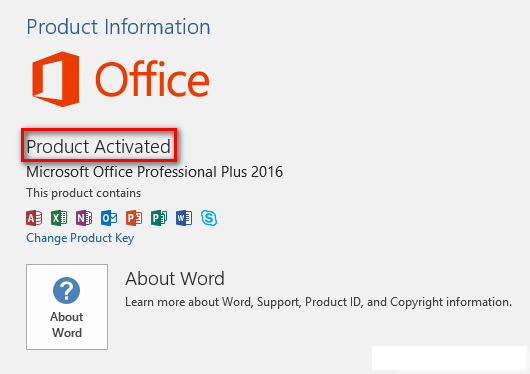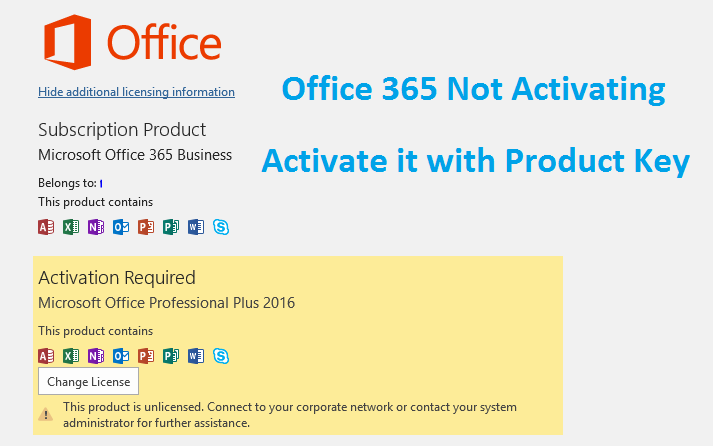


HKLM\SOFTWARE\Policies\FSLogix\ODFC\IncludeOfficeActivation DWORD=0, or you can set it via standard group policy if you have FSLogix updated ADMX files by configuring “Computer Configuration\Policies\Administrative Templates\FSLogix\Office365 Container\Include Office Activation data in container” and set it to disabled.As we move Citrix Virtual Apps and Desktops\Service (CVAD\S) workloads to Windows Server 2019 we notice quite a few outcomes that are “different” and (who would think) do not work in this OS. However excluding default roaming of these tokens from FSLogix can be achieved by adding a registry preference to group policy for the following settings: Within an environment that either includes ADFS only (no SSO) or any other technology such as AD Connect PTA then Roaming those folders should be required but not is you use ADFS with SSO. The full text of which can be found HERE, while it does not specifically say to exclude the licencing token for ADFS Single Sign On environments it is suggested by the wording. %localappdata%\Microsoft\Office\16.0\Licensing.If you don’t use single sign-on, you should consider using roaming profiles and include the following two folders as part of the roaming profile: The Microsoft documentation on this process isn’t exactly crystal clear however it states the following: However when utilising ADFS with SSO these tokens should NOT be cached or roamed.

In order to ensure that the activation process can occur you will need to make sure that the URL’s within the following Microsoft KB article HERE are available within your environment.Īs we were also uses FSLogix to cache the OST file we also discovered that by default FSLogix also caches the activation tokens within licensing folder. These tokens are stored within c:\users\%username%\%localappdata%\Microsoft\Office\16.0\Licensing and are valid a few days before Office will try to renew the tokens over the internet. When you sign into an office365 account to activate your software, tokens are stored within your profile to indicate that you have activated successfully. To fix this, please sign in again”.Īlso FSLogix was in the mix as this was occurring within a non-persistent VDI environment. The symptoms would include being asked to activate Office at random intervals and when activated clicking on the user name in the top right hand corner of any office app or within the account information menu an error would be displayed saying “Sorry we can’t get to your account right now. I’ve been involved in troubleshooting some activation issues with Office 2016 Click to Run with Office365 subscriptions recently.


 0 kommentar(er)
0 kommentar(er)
